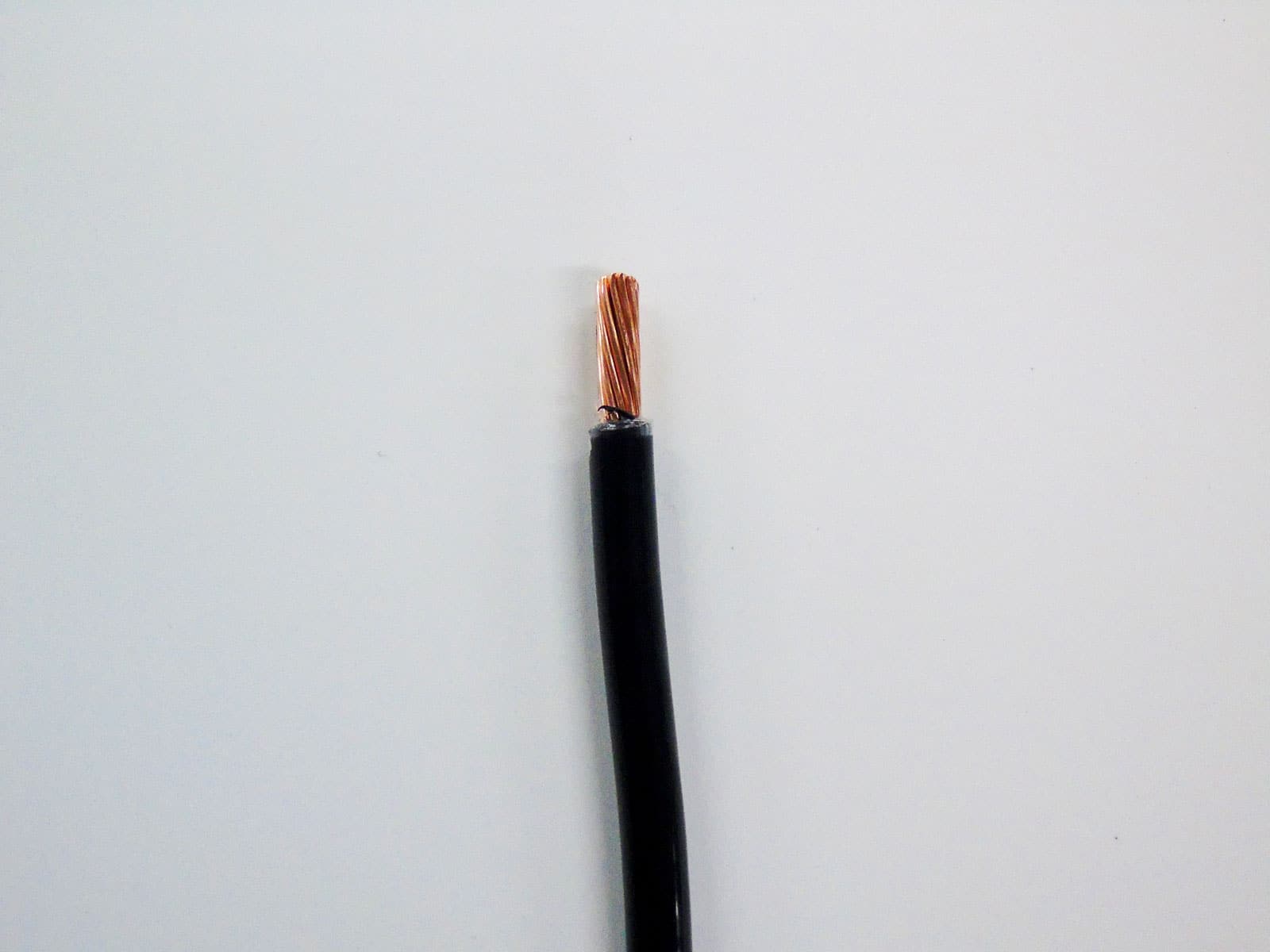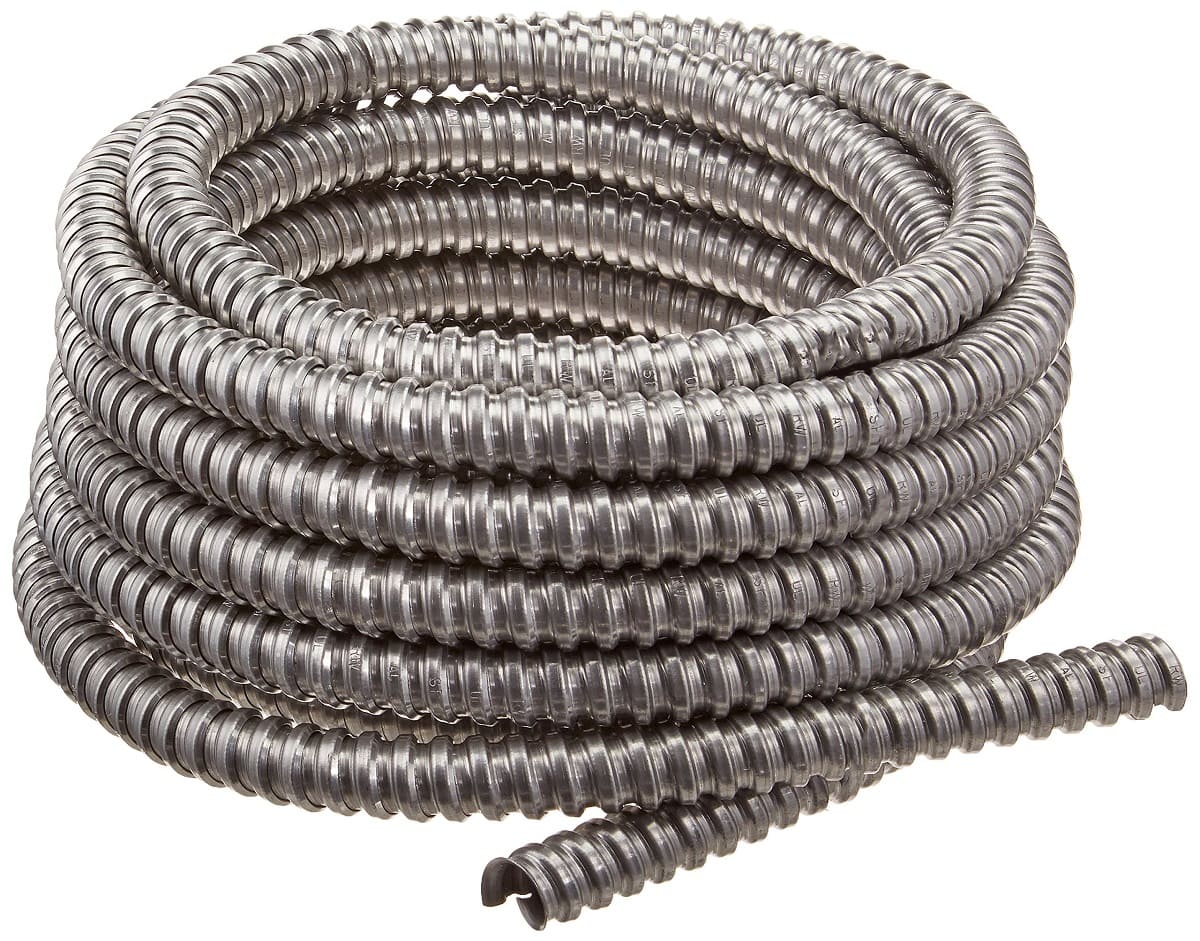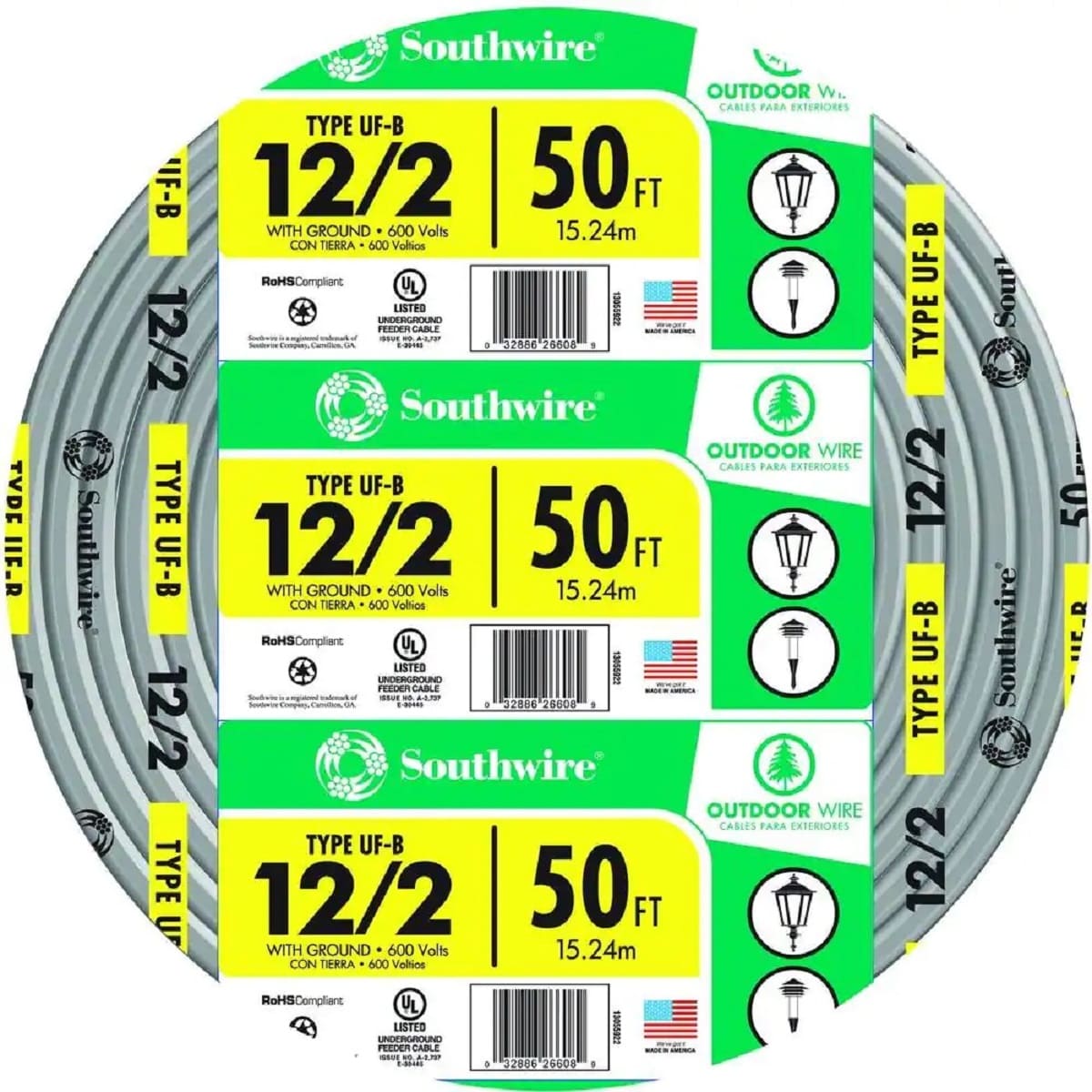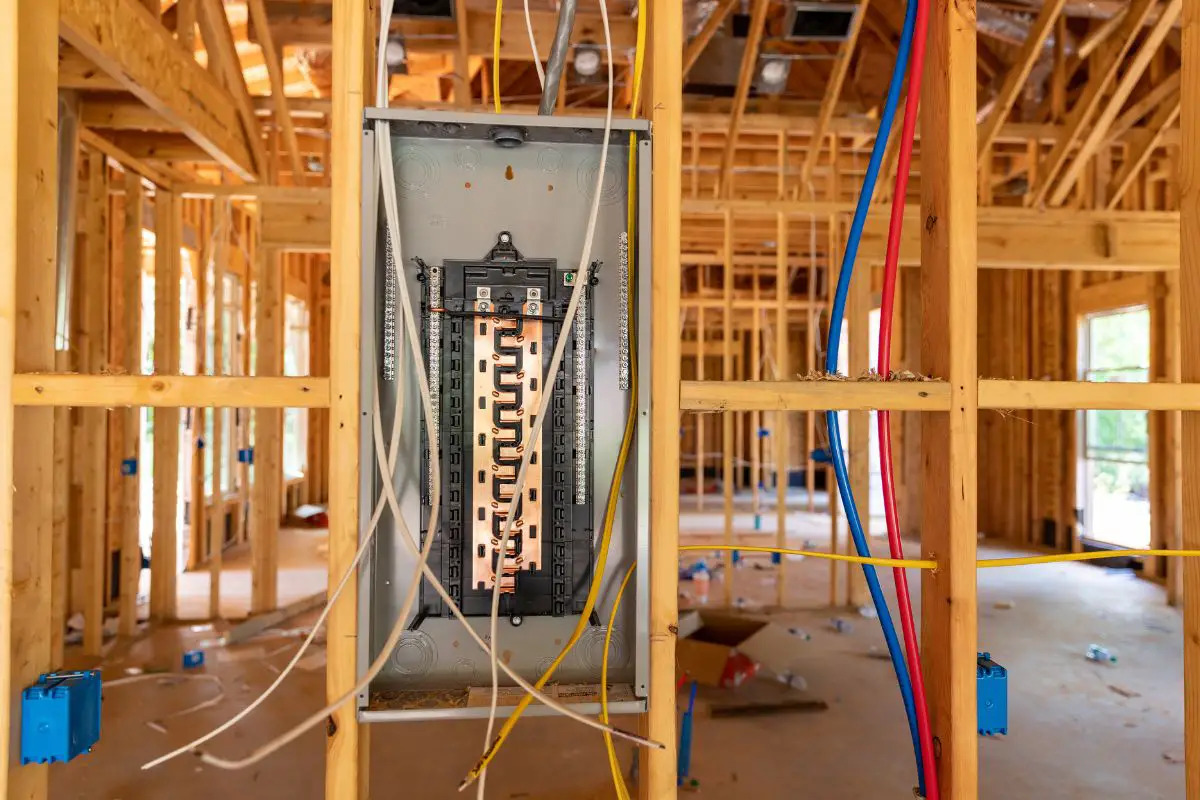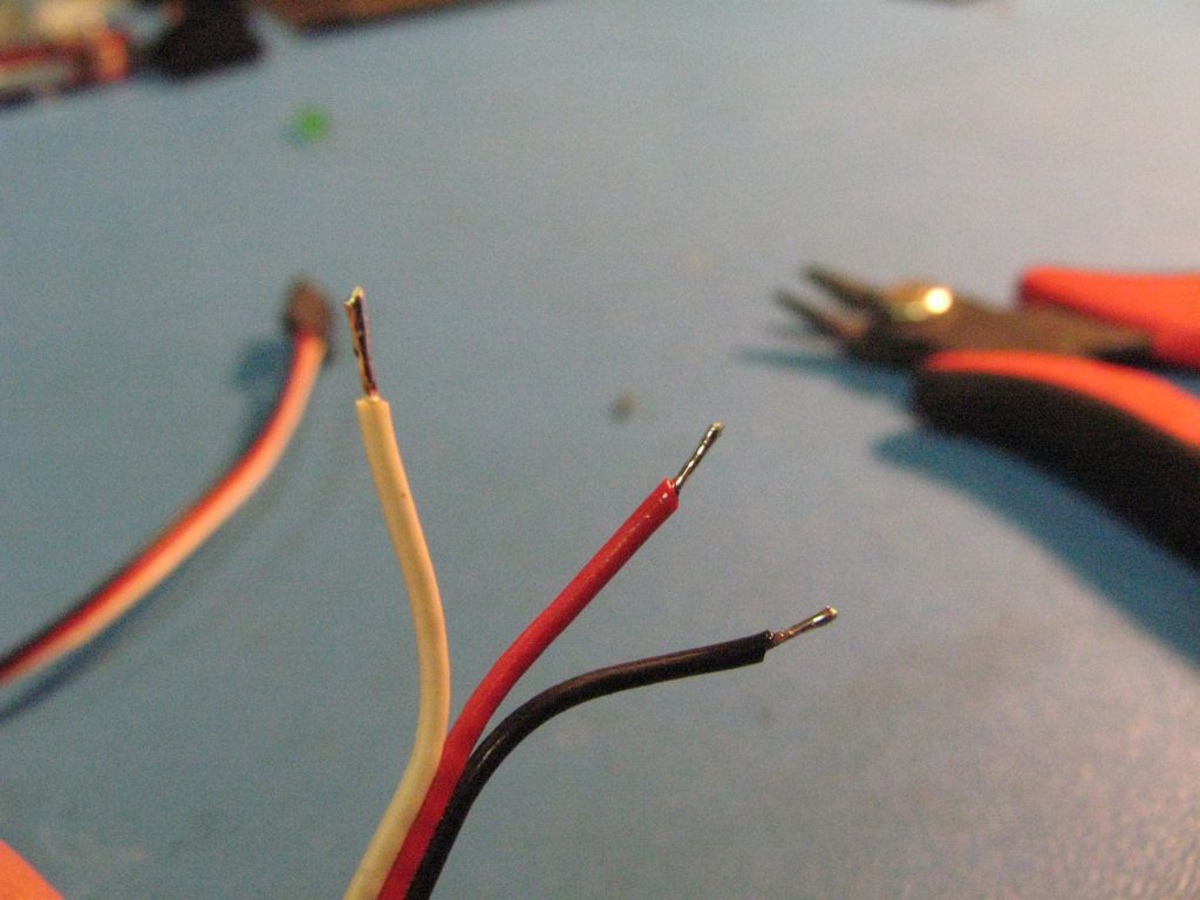Home> Electrical Wire Gauge
Electrical Wire Gauge: Your Ultimate Guide to Wiring Basics
Discover the importance of Electrical Wire Gauge. Our comprehensive guide simplifies wire gauge basics, ensuring safety and efficiency in your projects.
What Size Of Electrical Wire To Use For Your Electrical Installation
By: Samuel Turner • Articles
Our Helpful Guide To Understanding Electrical Cables And Wires
By: Sophia Turner • Articles

